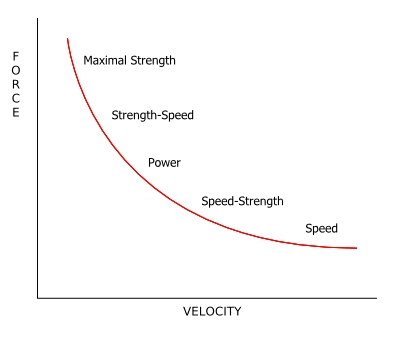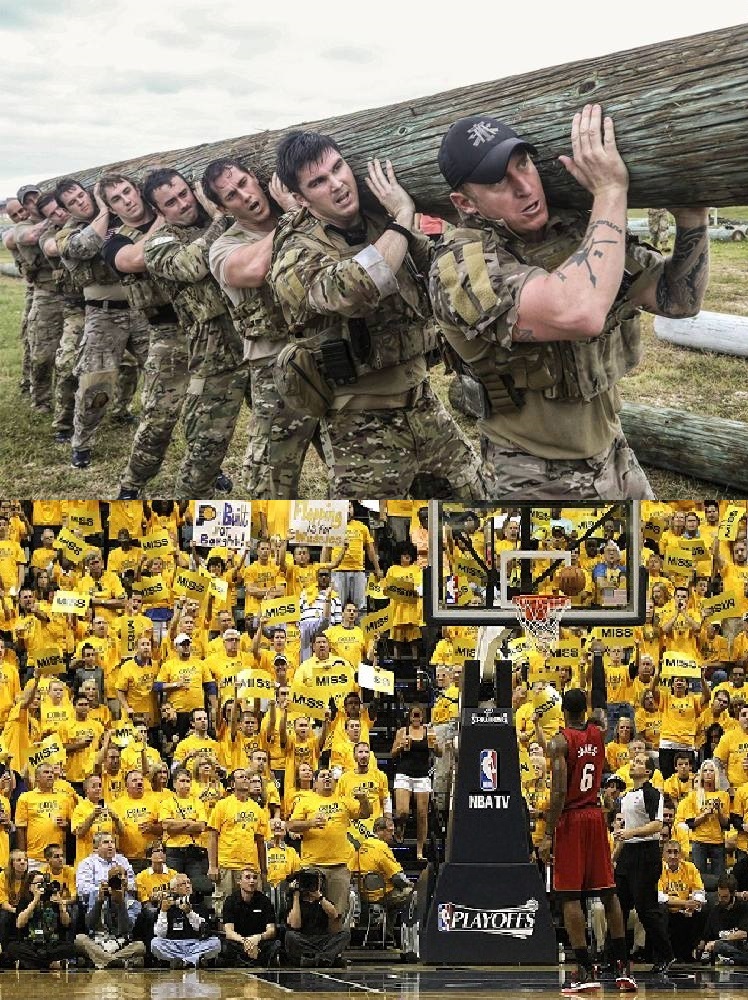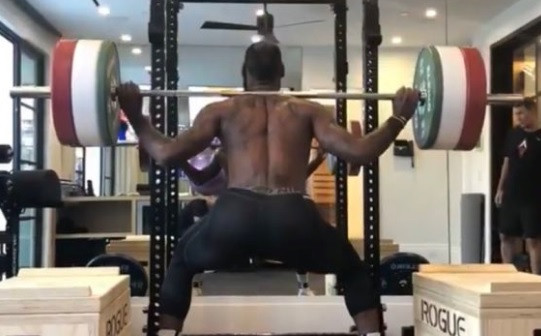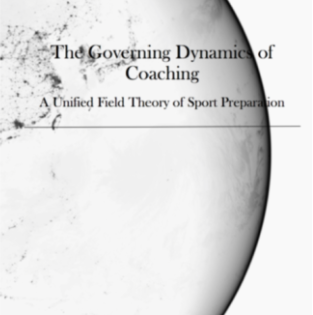From James Smith’s book:
1) What is the education of sport?
“all attorneys graduated from law school, all medical doctors graduated from medical school and all sport coaches…”
2) Strength coaches and sport specialists are not educated on sport

“the cirricula (exercise science/physiology) designed to educated aspiring coaches in physical preparation are fundamentally flawed precisely because they do not address the most important scientific study – the science of sport.”
“Further, it is not uncommon to discover that the knowledge possessed by any particular specialist is often a product of a misdirected/misinformed and/or constrained educational process.”

3) “Mental Toughness” is context-specific
“the higher the quality of preparation, via exposure to relevant tasks and scenarios, one is introduced to the more that degree of preparation renders the individual inoculated for subsequent exposure to the relevant tasks and scenarios.”
4) Emotion and Passion are direct opposites of Logic and Reason
“The ability to maintain utter focus, at will, is not complimented by the emotional experience… the very act of achieving task specific focus includes the absence of emotion.”
“Emotion is, by definition, the antithesis of endeavoring to apply pure logic and reason.”
5) When Maximal Strength matters
“the value of maximal strength for sport… such as when two opponents are either in each other’s grasp or both fighting for position.”
“In such instances, where there is little to no space between the athletes, and the movement is less dynamic, maximal strength plays a significant role in positioning.”
6) Injuries as a result of poor general preparation
On not developing generally: “Not having done so, however, yields the situations which may be observed across the repetitive motion stress associated with sport practice. The result is an inordinate amount of preventable injuries.”
7) Novices don’t need much to adapt
“regarding novice and developing athletes, ‘almost anything works’.”
“the mildest of stimuli is sufficient to yield a meaningful adaptation because, somewhat ironically, nearly any training related activity presents a high intensity stimulus.”
8) Once athletes are more advanced, it’s probably wise to save high outputs for specifics (e.g. sport) over non-specifics (e.g. weightroom)

“As outputs rise, so does the cost of high outputs.”
- Cost vs. Benefit of pushing general training
- Only so much energy and recovery resources
Example: A 100m sprinter needs high velocity sprinting but there is “every reason to refute the validity of any of these athletes running the risk of becoming injured as a result of intensifying non-specific preparation.”
9) Sport, Strength Training, Conditioning, Rehab, etc. – it’s all the same
“every drill is an exercise, every exercise is a drill, and all drills and exercises are movement, it becomes pertinent to cease segregating sport practice, physical conditioning, and active physiotherapeutic modalities and, instead, consider them as one in the same.”
10) CNS Height and CNS Breadth
CNS Height Example: 180 kg for 5 x 1.
- High neuromuscular/structural impact.
- Imposes great recovery concerns.
CNS Breadth Example: 150kg for 3 x 2.
- Less impact
- Less recovery concern
Once athletes get ‘strong enough’, “the solution is for the non-specific loading to shift away from CNS height to CNS breadth.”



